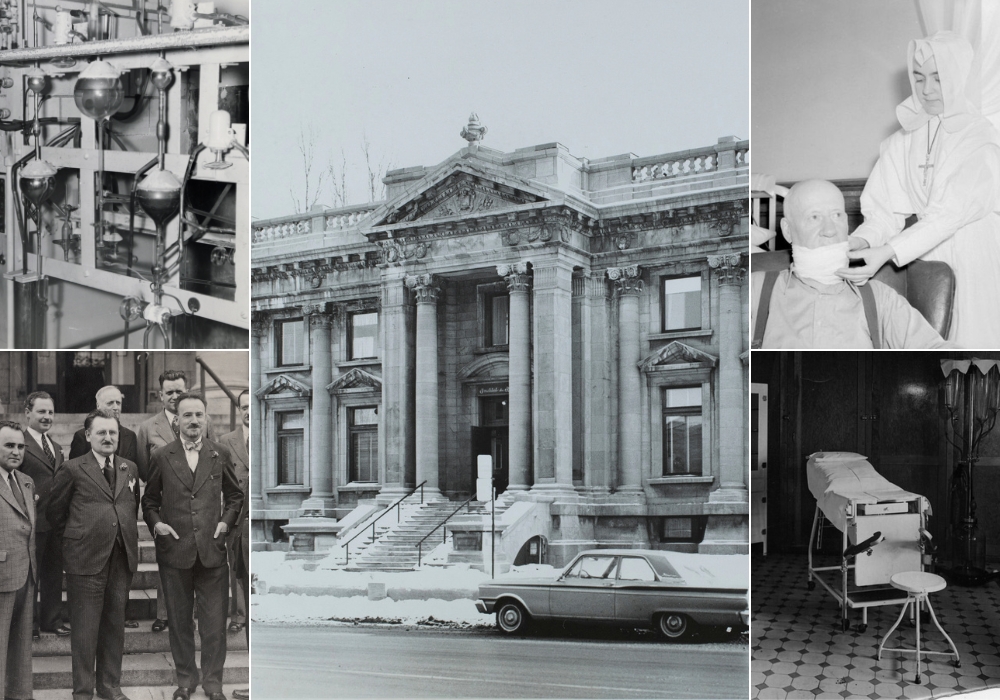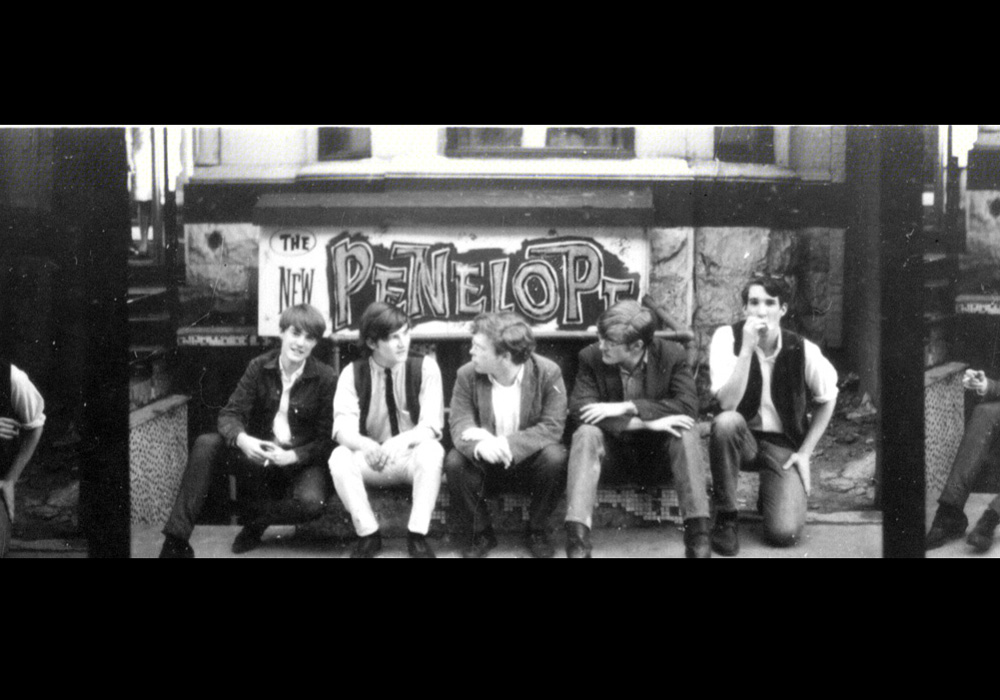
Lumbering towns are not often thought of as tourist destinations, and Arnprior, Ontario, Canada, is no exception. A town built around the lumber industry, Arnprior was a hard-working, hard-drinking village settled mostly by Scottish and Irish immigrants seeking their fortunes. All had family and friends to correspond with and post cards provided an inexpensive medium for this purpose. The post cards in this exhibit show the town as it would have been seen by residents and visitors alike, and provide us with a glimpse of everyday life, and of those buildings which would have been considered important to the people working, living, worshipping, learning and playing there. It is interesting to note that the majority of the cards in the collection had been sent to recipients within an 80 kilometer radius of Arnprior, and include talk of future visits and safe arrivals.
Open cards, or post cards as we call them now, did not come into common use in Canada until the last decade of the 19th century. Some images were based on hand-drawn illustrations and appeared as chromolithographic prints within an ornamental or flower-embossed frame. Picture post cards were also popular and depicted photographic portraits of individuals and places. It is generally accepted that they became common place around 1893, as accessibility to cameras became popular. Towards the turn of the century, postal restrictions were relaxed and cards made of material other than paper were deemed acceptable. The leather post cards are examples of pryography (burning) and give insight into the humourous side of early 20th century life. The majority of the post cards in the Arnprior and District Museum collection are picture post cards. They provide us with a unique view of the town through the eyes of a tourist or resident who sent news through the postal system to friends and loved ones. Visitors, residents and itinerant workers alike could send inexpensive views of places of interest, of historical and social events, and even of themselves. Today, these post cards provide us with a unique look into the history of Arnprior, its architecture, development and social history: a moment in time preserved.

